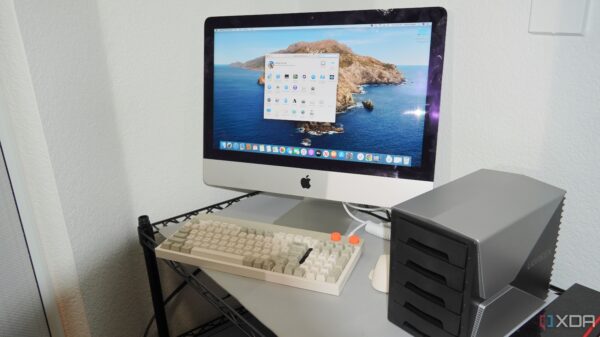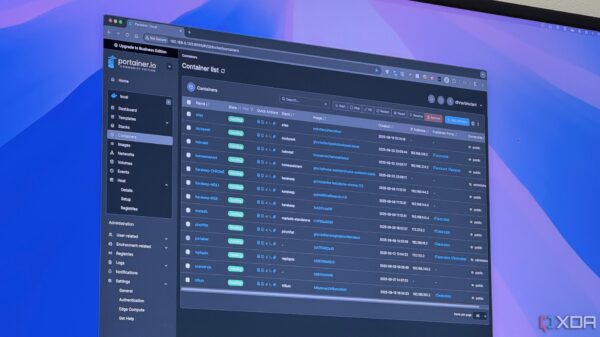Validated designs are emerging as a crucial component in enhancing trust and compliance within the field of artificial intelligence (AI). These designs aim to address ongoing challenges related to effectiveness and reliability, ensuring that AI systems operate transparently and adhere to ethical standards. By providing a framework for compliance, validated designs are transforming AI from a high-risk experiment into a dependable tool ready for deployment, as highlighted by Zeus Kerravala, founder and principal analyst of ZK Research Inc..
Driving Innovation Through Validated Designs
Kerravala emphasized the importance of validated designs during a recent discussion with Dave Vellante on theCUBE at the NYSE event titled “AI Factories – Data Centers of the Future.” He noted that these designs facilitate collaboration among major tech companies. “With AI, you will see companies like Cisco and Nvidia working together, while Pure Storage and Arista also partner with Nvidia to create integrated systems,” Kerravala stated. He believes these “turnkey systems” are essential for enterprises, allowing for easier adjustments and optimizations during deployment.
Kerravala pointed out that validated designs are essential for fostering innovation and expediting the adoption of AI technologies. They thrive on the synergy between fast storage, high-speed networks, and advanced processors. “You need three things to make sure your AI works: fast storage, fast network, and fast processor,” he explained. He underscored that if there is a mismatch in speed between any of these components, it can compromise the entire system’s functionality.
The Role of Infrastructure in AI Performance
In his discussion, Kerravala highlighted how InfiniBand technology provides ultra-low latency and high-speed connectivity, which are crucial for tightly coupled AI workloads, such as distributed deep learning. He contrasted this with Ethernet, which offers cost-effective and flexible options for AI inference, data ingestion, and storage networking. The combination of these technologies builds a robust AI infrastructure capable of handling larger models and increasing datasets.
Reflecting on past technological trends, Kerravala said, “If you roll back the clock 30 years, there were all these different protocols and Ethernet beat them all. InfiniBand is the last band standing.” He foresees a future where both InfiniBand and Ethernet can evolve together, accommodating the growing demands of AI.
As AI workloads surge, a significant shift is occurring with the rise of neocloud providers that emphasize regional data residency. These providers are creating specialized layers for AI computation, introducing a new tier in cloud architecture designed to evolve alongside advancing AI. “Initially, it’s the cloud, neocloud, but I do think enterprises need to start thinking about it too,” Kerravala advised. He urged Global 2000 companies to reconsider how they architect their data centers, moving beyond simple scale-out strategies to include vertically integrated performance.
As the landscape of AI continues to change, validated designs will play a pivotal role in ensuring that businesses can confidently adopt and deploy these technologies. With the right infrastructure in place, organizations can harness the full potential of AI while maintaining compliance and trust.
For more insights, the full interview is available as part of SiliconANGLE’s coverage of the event.







































































